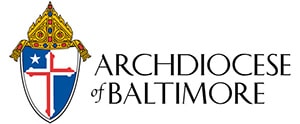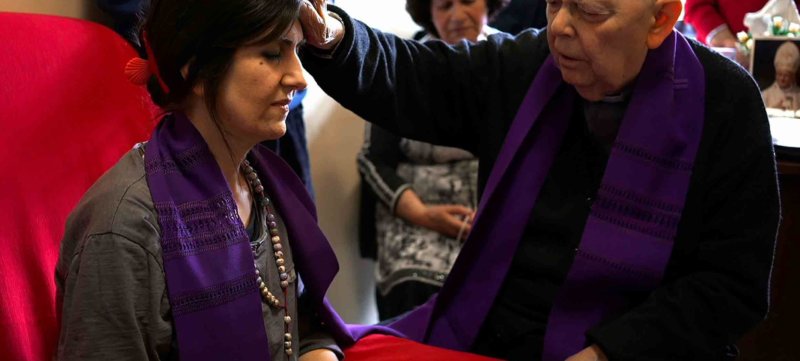NEW YORK — In this age of media saturation, there can’t be many human activities that have yet to be captured on film or videotape.
According to William Friedkin, director and narrator of “The Devil and Father Amorth” (The Orchard), however, his brief, mostly straightforward documentary includes just such a novelty: the first authorized footage of a Catholic exorcism.
That claim will serve as a selling point for some, a red flag for others. Safe to say, this is unsettling fare ill-suited to the very young or the faint of heart.
Friedkin, director of 1973’s “The Exorcist,” follows the case of an Italian woman who was ministered to by Pauline Father Gabriele Amorth, chief exorcist of the Diocese of Rome from 1986 until his death in 2016 at 91.
There’s an intrusive feeling to the portion of the movie in which Friedkin records Father Amorth’s ninth attempt to rid this lady of her demons. The effect might be compared to that of watching a doctor treat a suffering patient.
Yet this glimpse into the world of absolute darkness seems, for the most part, artistically — or perhaps it would be better to say journalistically — justified. And it will certainly fascinate at least some viewers.
Friedkin surrounds this central encounter with a curious blend of other items. He starts with a look back at William Peter Blatty’s fact-based 1971 novel, the source of his famous feature, and the situation that inspired it. He adds interviews with, among others, Auxiliary Bishop Robert E. Barron of Los Angeles, open-minded neurosurgeons and more insistently materialist psychiatrists.
He also includes an incomplete portrait of Father Amorth that asserts but does not explore the priest’s sanctity. This will be a source of disappointment for Catholics in the audience since the jaunty, compassionate clergyman — whose sense of humor extended to constant mockery of the Evil One — appears to warrant a more penetrating study of his personality and work.
More attention devoted to Father Amorth, moreover, would have helped to offset the inevitable grimness of the rite at the heart of the proceedings.
At times, Friedkin appears slightly breathless with enthusiasm for his own material, and Christopher Rouse’s churning score also hints at sensationalism. But overall, the tone is respectful and sober-minded.
The film contains mature themes, potentially disturbing images and a rude gesture. The Catholic News Service classification is A-II — adults and adolescents. Not rated by the Motion Picture Association of America.
Also see:
Circuitous route led to director’s second film on exorcism
Copyright ©2018 Catholic News Service/U.S. Conference of Catholic Bishops.


